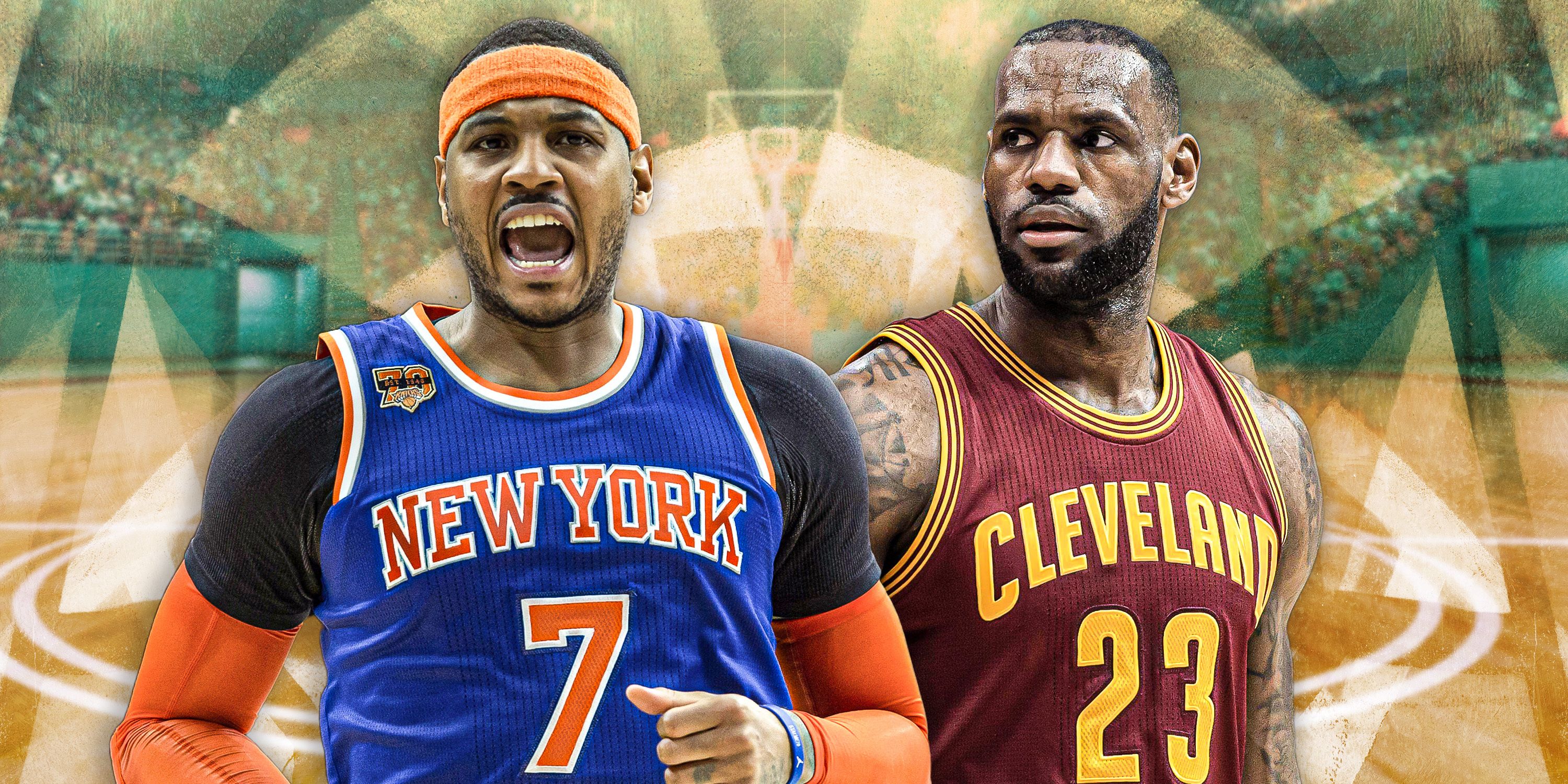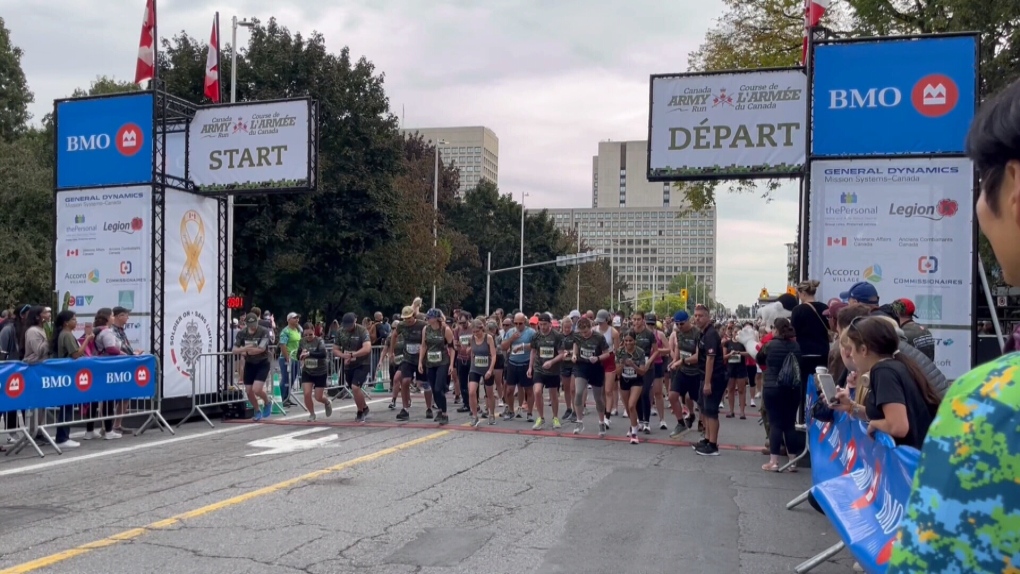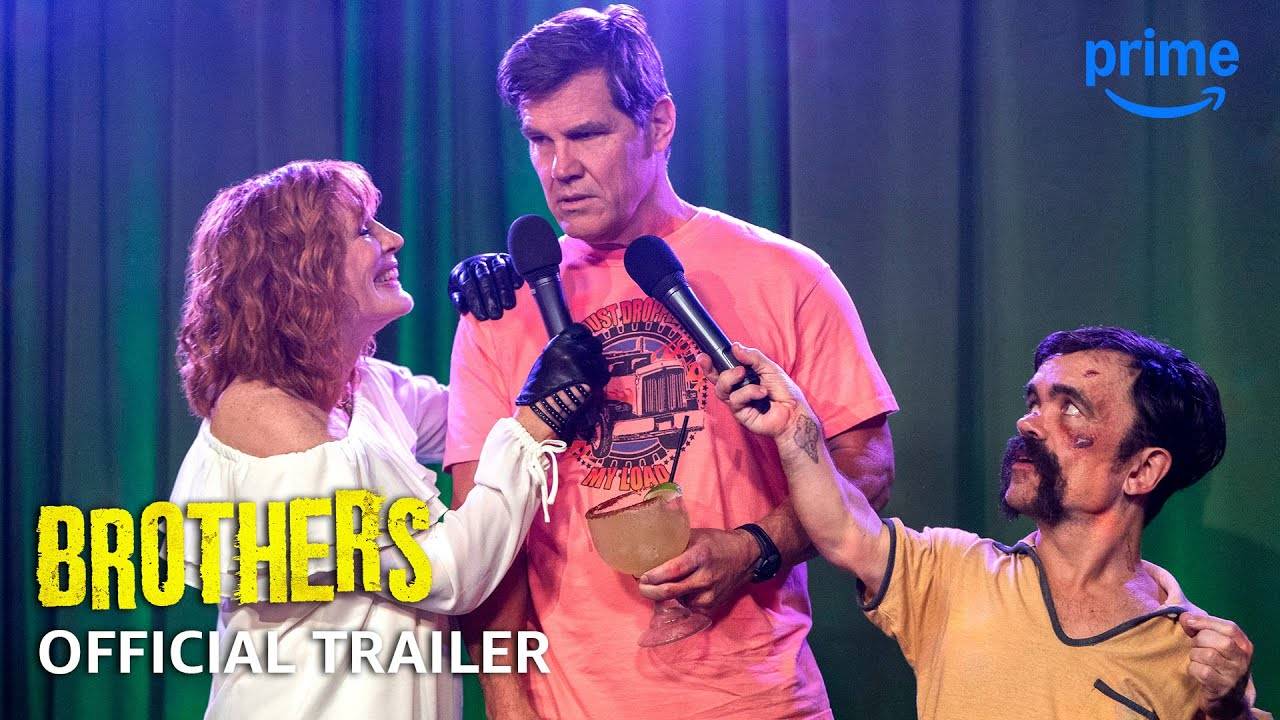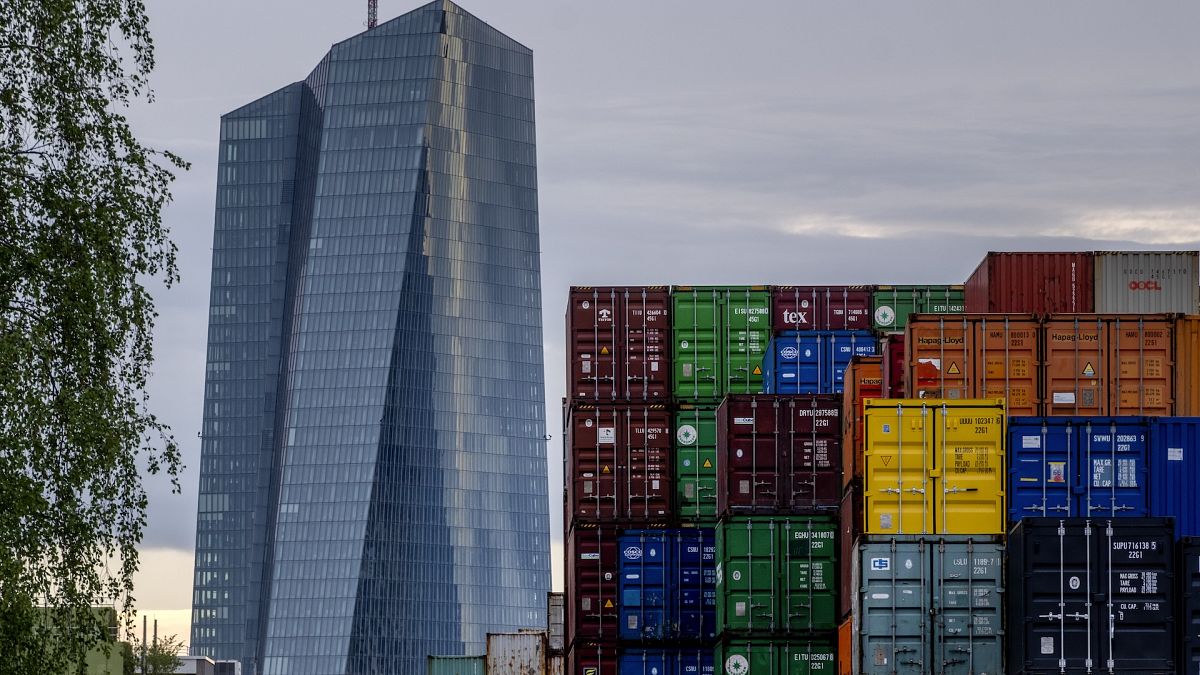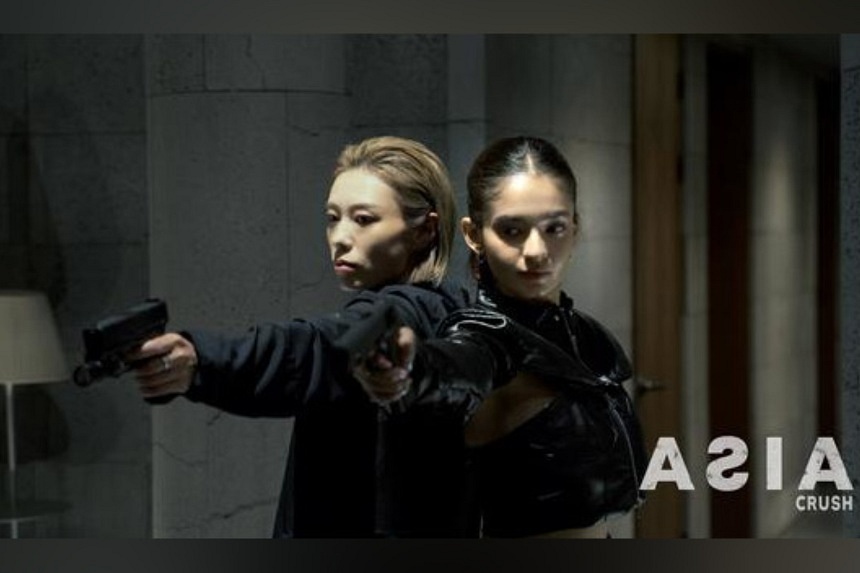Small forwards in the 2010s showcased versatility, taking on multiple roles effectively. Players like Paul George and Kawhi Leonard evolved into top-tier stars despite challenges. Kevin Durant emerged as the decade's most dominant scorer, impacting the league profoundly.
The 2010s featured small forwards who dominated the NBA in a variety of ways. Some used their superior strength and explosion to get to the rim, while others utilized unique shot creation to score from all over the court. As arguably basketball's most versatile position, many of the league's best threes were tasked with taking on the roles of multiple positions - and the best succeeded.

Plenty of small forwards from the 2010s were asked to fill specific roles for teams that featured guards and bigs, but others were looked to as the leaders and superstars of their respective franchises. In other cases, small forwards were positioned as featured scorers or all-around glue guys who helped their teams mesh. The most celebrated players of this era are the ones who could produce in every facet with no glaring weaknesses.
While an incredibly rare trait, a handful of small forwards from the 2010s showed that it is possible to lead effectively at both ends of the court, and have rightfully etched their names into the NBA's history books as a result. 10 Rudy Gay Rudy Gay was featured as an uber-athletic wing scorer for the "Grit 'N Grind" Memphis Grizzlies when the 2010s rolled around. Despite being the team's leading scorer, the franchise eventually decided to move on from his inefficient shot selection and so-so defensive effort.
The Toronto Raptors didn't work out for Gay either, but his best years were yet to come with the Sacramento Kings in 2014. Gay found his footing and a better shooting touch with the Kings, serving as a solid second option alongside DeMarcus Cousins . He even notched a career-high 21.
1 points per game during his first full season with Sacramento in 2014-15. Rudy Gay - 2010s Statistics PPG 17.0 RPG 6.
1 APG 2.4 SPG 1.2 BPG 0.
7 While never an All-Star , Gay was a player teams could rely on for a handful of hot shooting performances - followed by an unforeseen dud. The consistency of his talent and the versatility of his role as he aged proved enough to mention Gay among the 2010's best forwards. 9 Gordon Hayward Drafted in 2010 , Gordon Hayward slowly progressed from role player, to starter, to All-Star during his seven seasons with the Utah Jazz .
Brought into a tough situation, Hayward was a main factor in leading the Jazz back to the postseason in 2016-17 after a five-year drought. An incredibly smooth scorer from all over the court with underrated athleticism and playmaking ability, Hayward was one of the NBA's best borderline All-Stars before finally receiving the nomination during his final year in Utah. This career season earned him a luxurious contract with the Boston Celtics , but his career, unfortunately, took a turn for the worst after a gruesome opening-night injury in his first contest with the team.
Gordon Hayward - 2010s Statistics PPG 15.3 RPG 4.4 APG 3.
5 SPG 1.0 BPG 0.4 Hayward never truly returned to form and struggled to play 50 games in a season for the rest of his career.
The 33-year-old bounced around the league a bit more, serving as a role player and veteran in multiple stops before somewhat surprisingly announcing his retirement last month . 8 Paul Pierce One of the overall best players and a champion in the 2000s, Paul Pierce proved he still had some gas left in the tank to close out his career. An All-Star in two of his last three seasons in Boston, the Brooklyn Nets infamously gave up a haul to add the legendary wing alongside an aging Kevin Garnett .
At 36 years old, Pierce was past his All-Star days by the time he landed in Brooklyn in 2013-14. He was still a solid contributor, but the franchise's plan to dominate with over-the-hill All-Stars ended in disaster. As a result, Pierce opted to leave after just one season.
Paul Pierce - 2010s Statistics PPG 14.2 RPG 4.6 APG 3.
4 SPG 1.7 BPG 0.4 Pierce's last memorable moments came with the Washington Wizards , where he served as a starter for one last season.
He notably hit a game-winning shot with the team during the 2014–15 playoffs, his last true highlight before serving as a reserve to end his Hall-of-Fame career. 7 Luol Deng Luol Deng was a focal point on both sides of the ball for the Chicago Bulls during the late-2000s and early 2010s. Notably one of the NBA's league leaders in minutes played during his prime, Deng contributed for nearly 40 minutes a night en route to two All-Star appearances in 2011-12 and 2012-13.
With the Bulls failing to live up to expectations, Deng was surprisingly shipped to the Cleveland Cavaliers in 2014-15, where he spent a forgettable few months before joining the Miami Heat. Deng continued his high-minutes and hustle role with the conditioned Heat, contributing to two competitive, but unspectacular years. Luol Deng - 2010s Statistics PPG 14.
0 RPG 5.7 APG 2.3 SPG 1.
0 BPG 0.4 Deng signed a mammoth contract with the Lakers in 2016, and his contributions ironically trailed off as his salary went up. His production faded before it was expected, but Deng's role on a handful of hard-nosed Bulls playoff teams makes him a memorable name from the decade.
6 Andre Iguodala Andre Iguodala was a rising two-way star with the Philadelphia 76ers at the turn of the decade, but it became evident that the franchise was destined for a rebuilding phase. Only a year after his lone All-Star appearance in 2011-12, he was moved to the Denver Nuggets , where he helped lead the team to a memorable season before making a career-changing decision by joining the Golden State Warriors . Iguodala could be viewed as the missing piece of the Warriors' 2015 title team, as he established himself as an invaluable defender alongside the team's elite shooters and creative big men.
He helped the franchise bring home a championship and earned Finals MVP , etching his name in the franchise's history. Andre Iguodala - 2010s Statistics PPG 9.1 RPG 4.
5 APG 4.1 SPG 1.3 BPG 0.
5 Iguodala continued to be effective as his role was reduced, providing defensive effort and clutch shot-making during Golden State's next two titles. Iguodala was mostly ineffective in his final years in the NBA, but his role in the decade's greatest dynasty warrants his placement on this list. 5 Carmelo Anthony Carmelo Anthony was at the top of his game with the Nuggets in 2010, despite being publicly disgruntled with his situation.
Once the lethal scorer was finally traded, he proceeded to produce a memorable seven All-Star seasons with the New York Knicks from 2010-11 to 2016-17. While his team's playoff performance was usually subpar, Anthony was one of the league's best regular season talents, even leading the league in scoring and nearly winning MVP during the 2012-13 season. This was the peak of what Anthony and his Knicks would be, but it was a slow burn before Anthony regressed from a consistent All-Star to a role player.
Carmelo Anthony - 2010s Statistics PPG 22.6 RPG 6.8 APG 2.
7 SPG 0.9 BPG 0.5 Anthony stuck around after leaving the Knicks, spending time in Oklahoma City and Portland - with a perplexing stint with the Houston Rockets sandwiched between them.
He remained a contributor after accepting a bench role in his later years. 4 Paul George Paul George didn't take much time to establish himself as a young star in the NBA, as he notched an All-Star appearance and nearly led the Indiana Pacers to the NBA Finals in just his third season. A gruesome leg injury during the summer of 2014 put his career on pause, but George seemingly returned better than ever - immediately returning to being an All-NBA talent in his next full season.
George went on to have a less-than-amicable split with the Pacers, moving on to the Oklahoma City Thunder after requesting a trade. Despite putting up MVP-caliber numbers in his two seasons alongside Russell Westbrook , the two were unable to capitalize on their pairing - losing in the first round both years. Paul George - 2010s Statistics PPG 20.
0 RPG 6.4 APG 3.4 SPG 1.
7 BPG 0.4 George made the massive decision to join the Los Angeles Clippers prior to the 2019-20 season, hoping to finally win his elusive first championship. He slogged through an injury-riddled first campaign in Los Angeles, and it's safe to say it didn't get easier for him during his time with the Clippers.
3 Kawhi Leonard Similar to George, Kawhi Leonard was able to put his young skillset on display on the league's biggest stage - in the playoffs against LeBron James. A role player in the San Antonio Spurs dynasty to start his career, Leonard was an All-Defensive player and Finals MVP in his third campaign in 2013-14. Leonard eventually took over the reins as the leader of the Spurs, continuing to improve to superstar levels and keeping San Antonio incredibly competitive even after Tim Duncan's retirement.
A lingering injury suffered during the 2016-17 season immediately changed the course of the franchise. After being sidelined for nearly a year, a disgruntled Leonard made his way to Toronto. Kawhi Leonard - 2010s Statistics PPG 18.
7 RPG 6.4 APG 2.7 SPG 1.
8 BPG 0.7 Leonard put together one of the most dominant single seasons with a franchise in league history, as he produced career numbers and led a superhuman effort to help claim the Raptors' first championship. In what can be viewed as a questionable decision in hindsight, Leonard would leave Toronto the next summer to join George and the Clippers.
2 Kevin Durant Despite being arguably the most unguardable scorer in the NBA's history, Kevin Durant was a consistent runner-up for the first few years of the 2010s. He claimed multiple scoring titles, but it wasn't until 2014 that the former second-overall pick was finally awarded the league's best individual accomplishment. His pairing with Westbrook was electric but ultimately proved to not be a championship-level pairing, prompting Durant to join the Warriors .
The greatest non-championship team ever, Durant joining forces with the 73–9 Warriors effectively changed the course of the league. Kevin Durant - 2010s Statistics PPG 27.7 RPG 7.
4 APG 4.7 SPG 1.1 BPG 1.
2 Durant cruised as the best player on the best team during his three seasons with the Warriors, only narrowly missing out on three-straight titles and three-straight Finals MVPs due to postseason injuries - including his own. Durant would miss the entirety of 2019-20 but showed more than enough when he was available. 1 LeBron James While already arguably the NBA's best player when the 2010s rolled around, LeBron James truly began to establish his case as one of the game's greatest after creating one of the league's most dominant trios with the Miami Heat .
His first season with the franchise certainly didn't help his case, but everything since has been nothing but dominance. James added back-to-back MVPS in 2011-12 and 2012-13 after already claiming two in his first stint with the Cavaliers. With back-to-back championships to complement his individual accolades, James quickly erased all doubt as to who the face of the NBA was while he was around.
LeBron James - 2010s Statistics PPG 26.5 RPG 7.7 APG 7.
7 SPG 1.5 BPG 0.7 A superstar in every season of the 2010s, James famously claimed the Cavs' first championship in 2016 before ending the decade on top again with the Lakers.
This decade alone would have made James one of the best players in NBA history. The 1960s saw the emergence of new stars, particularly guards – here are the decade's five greatest..
